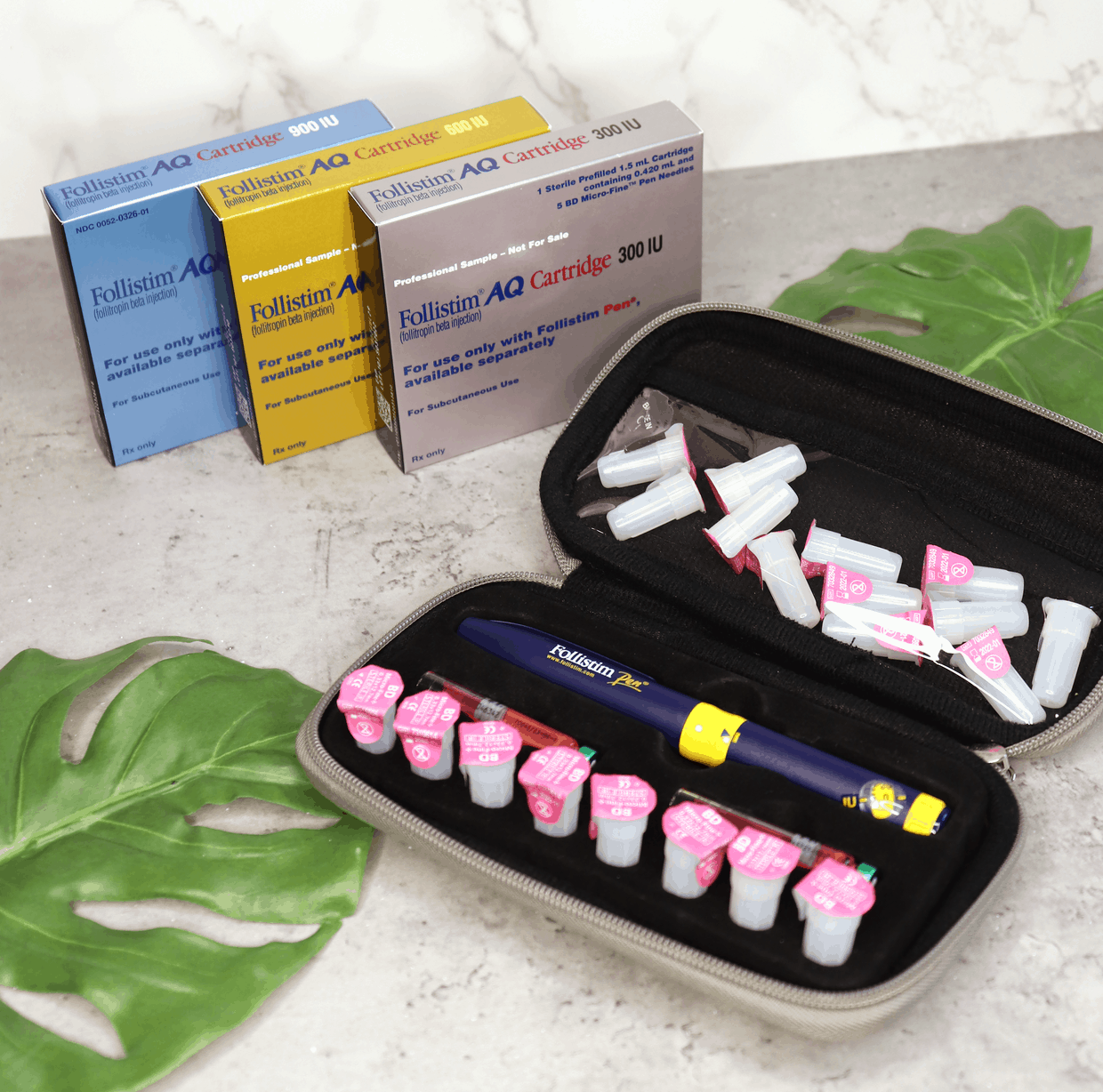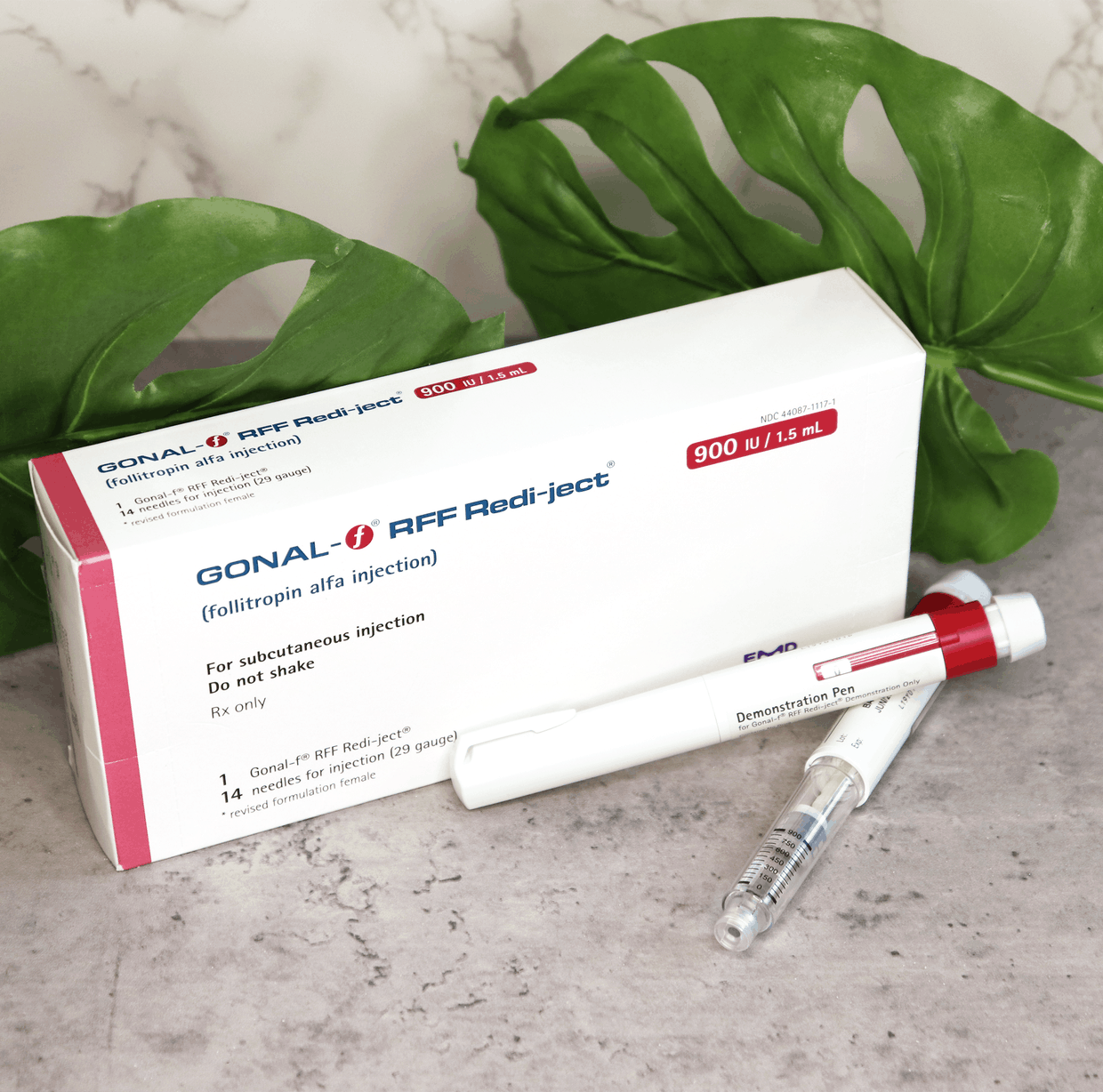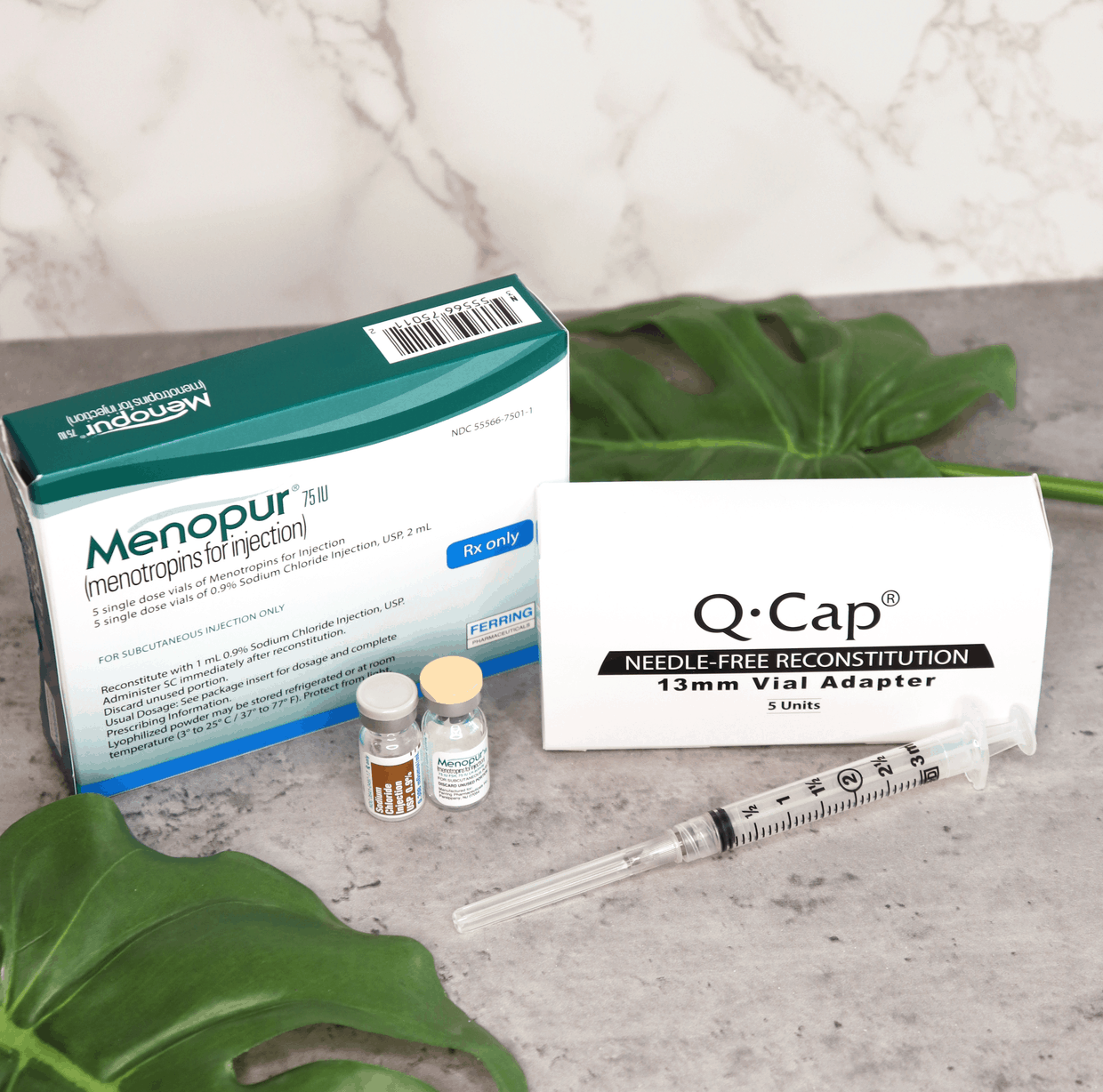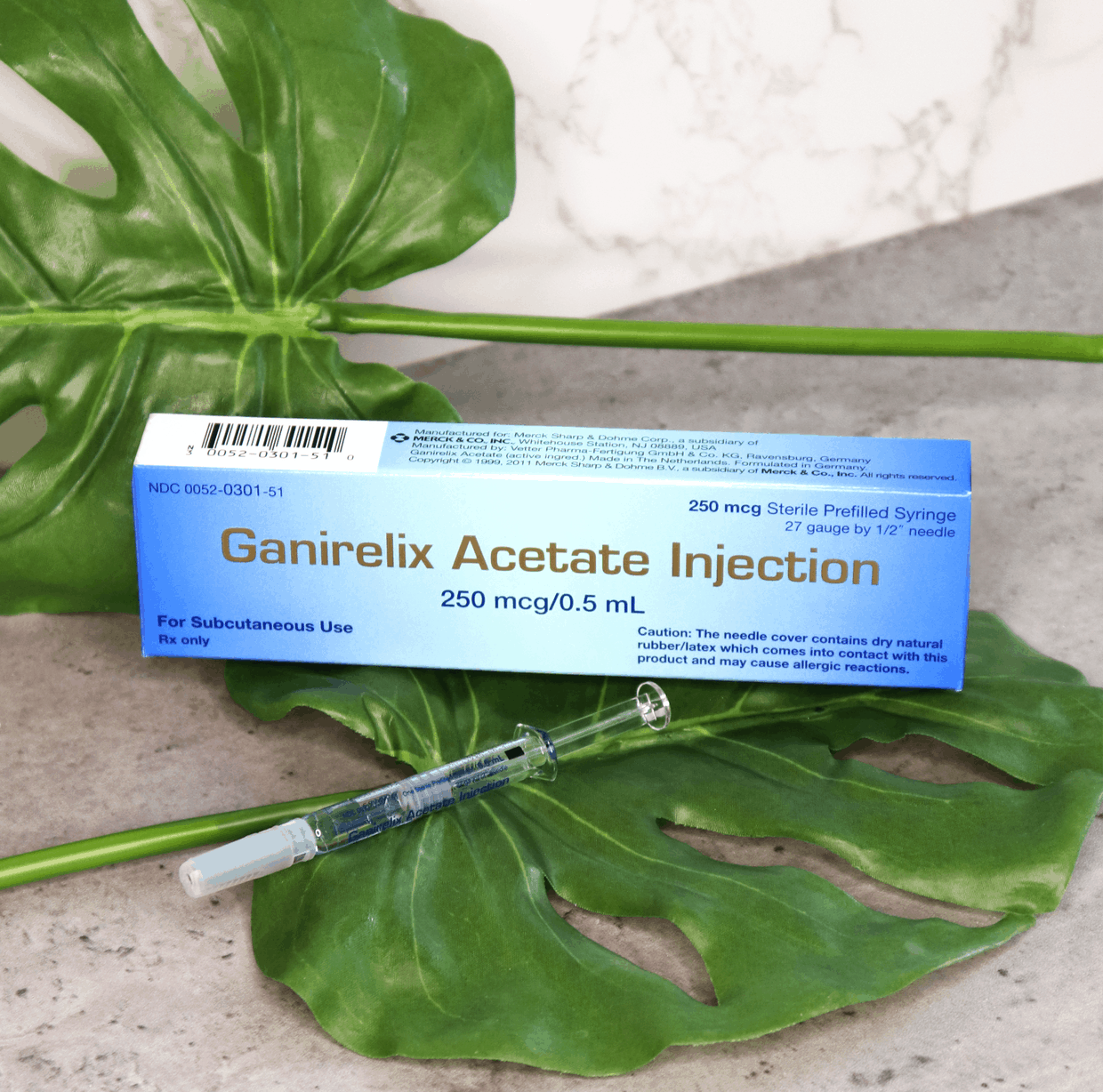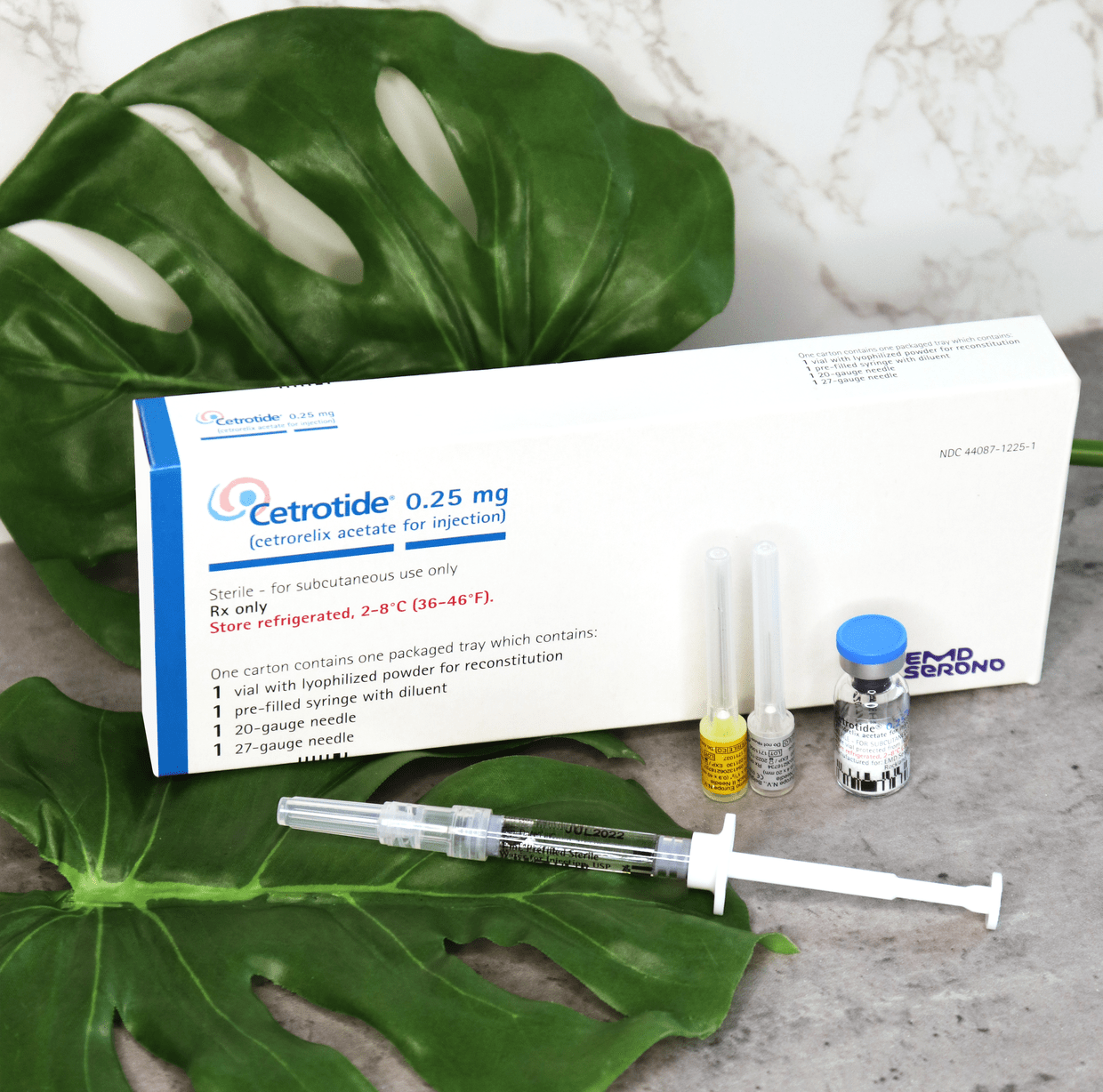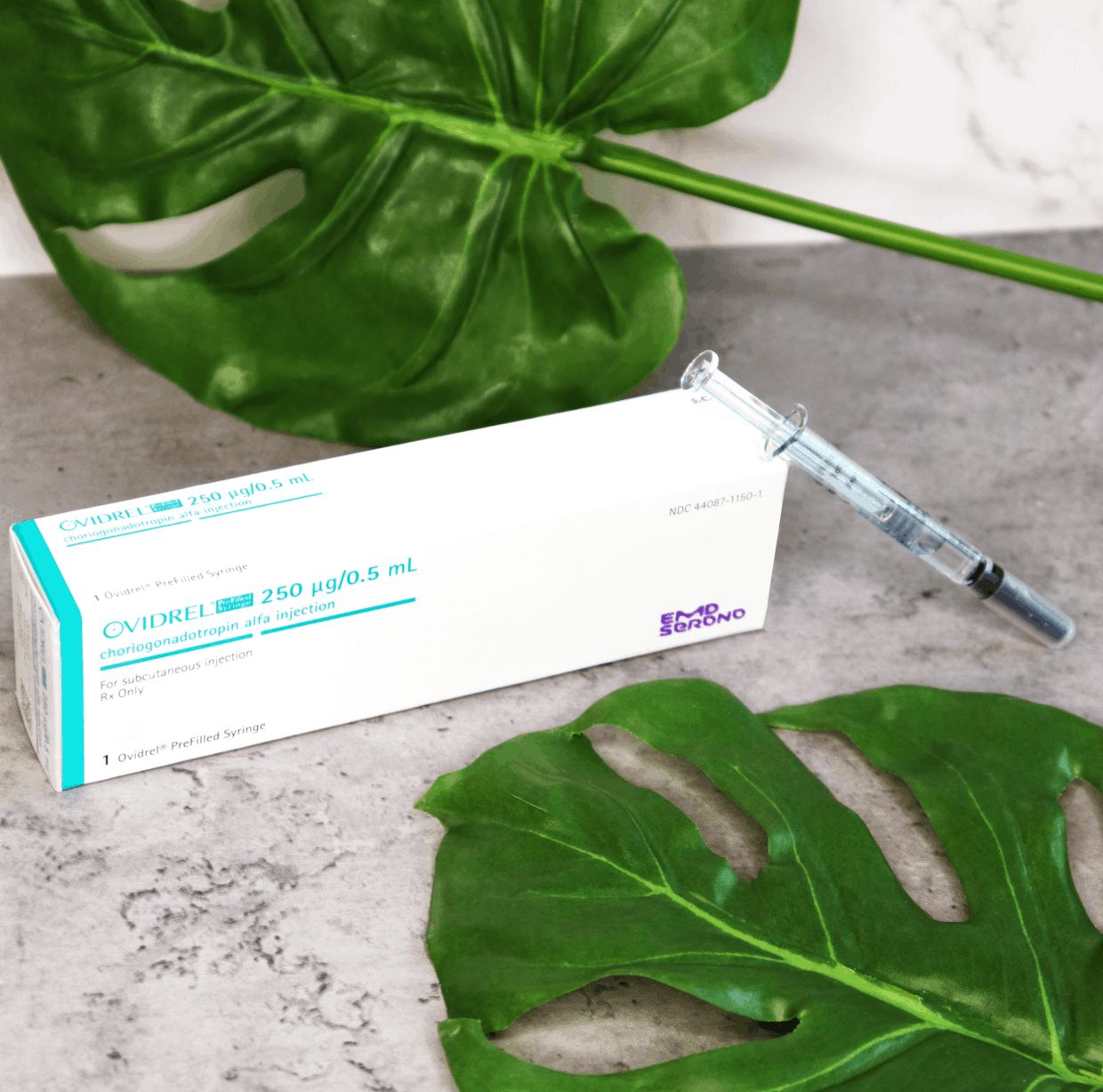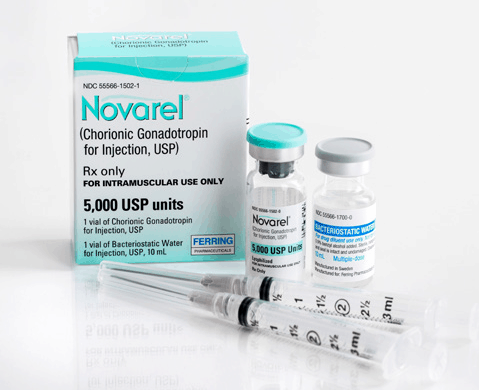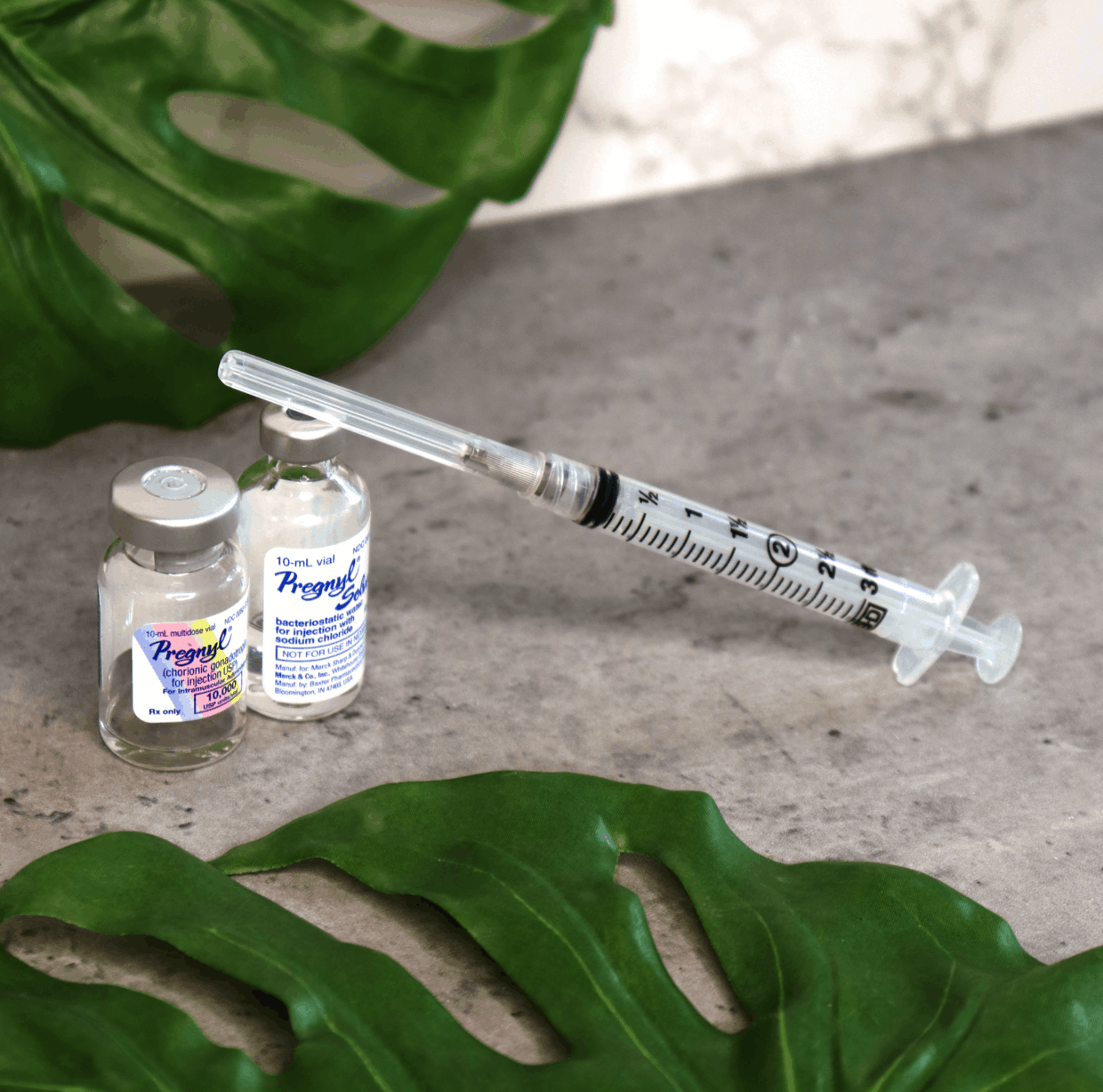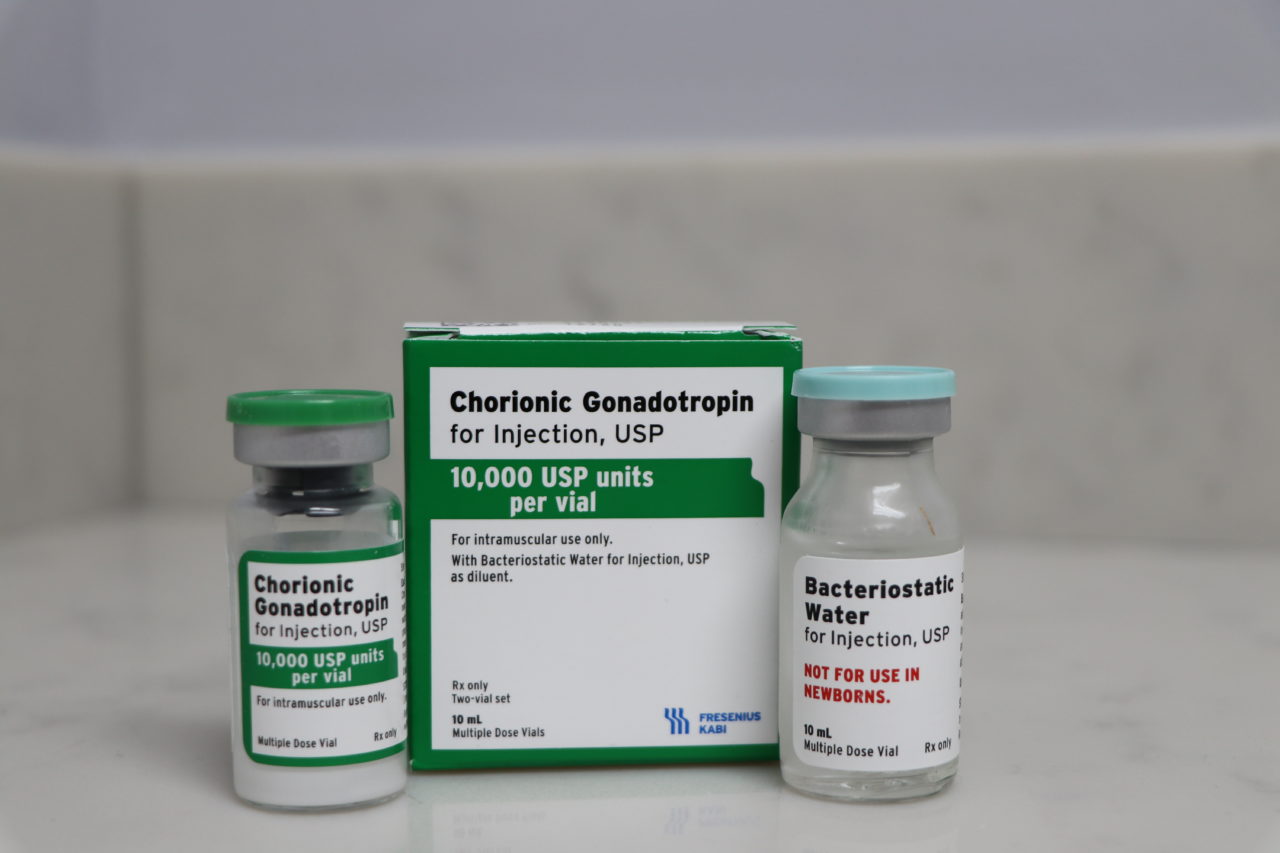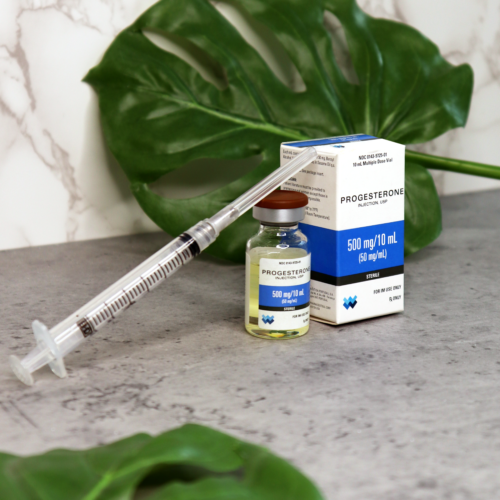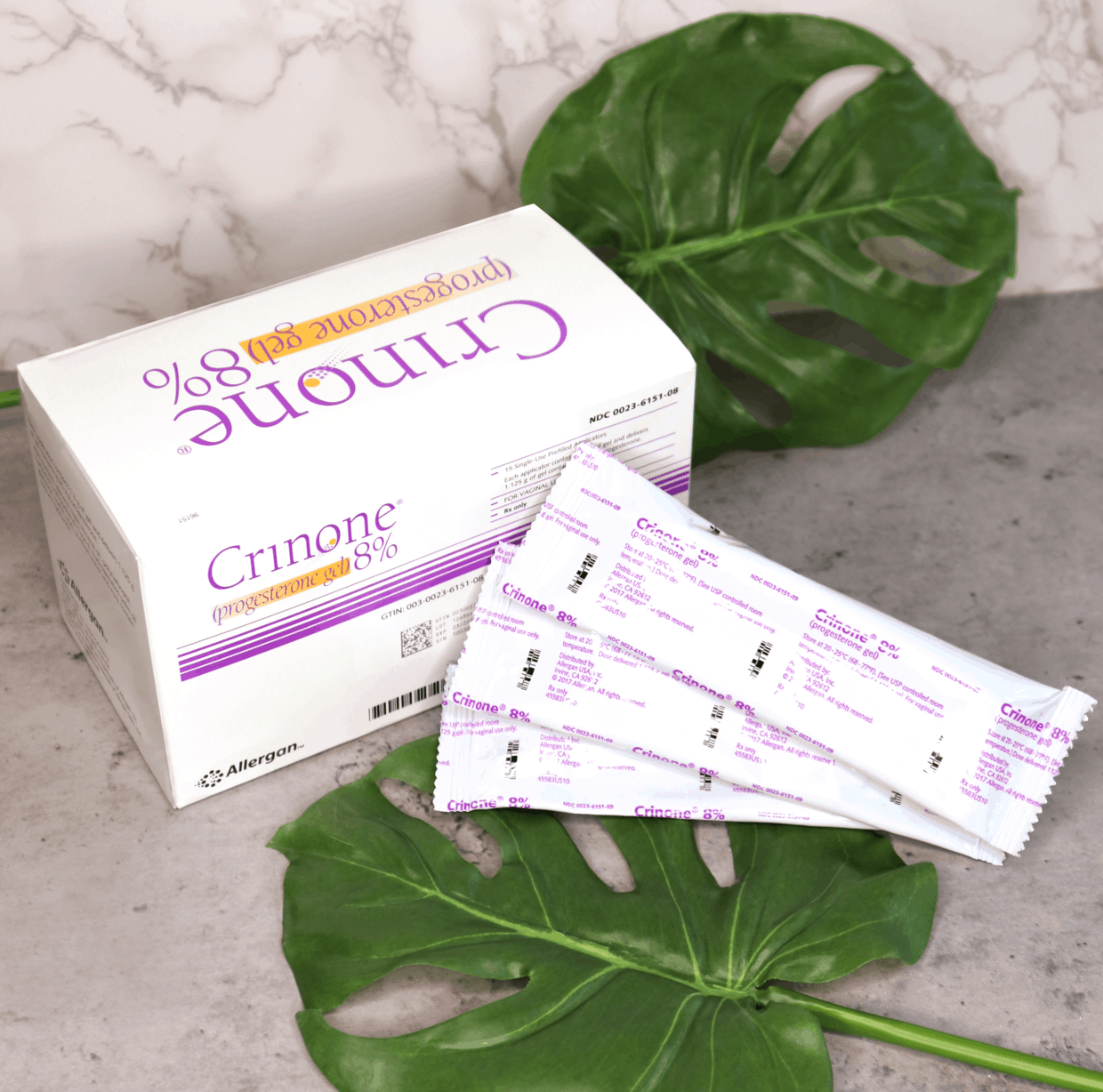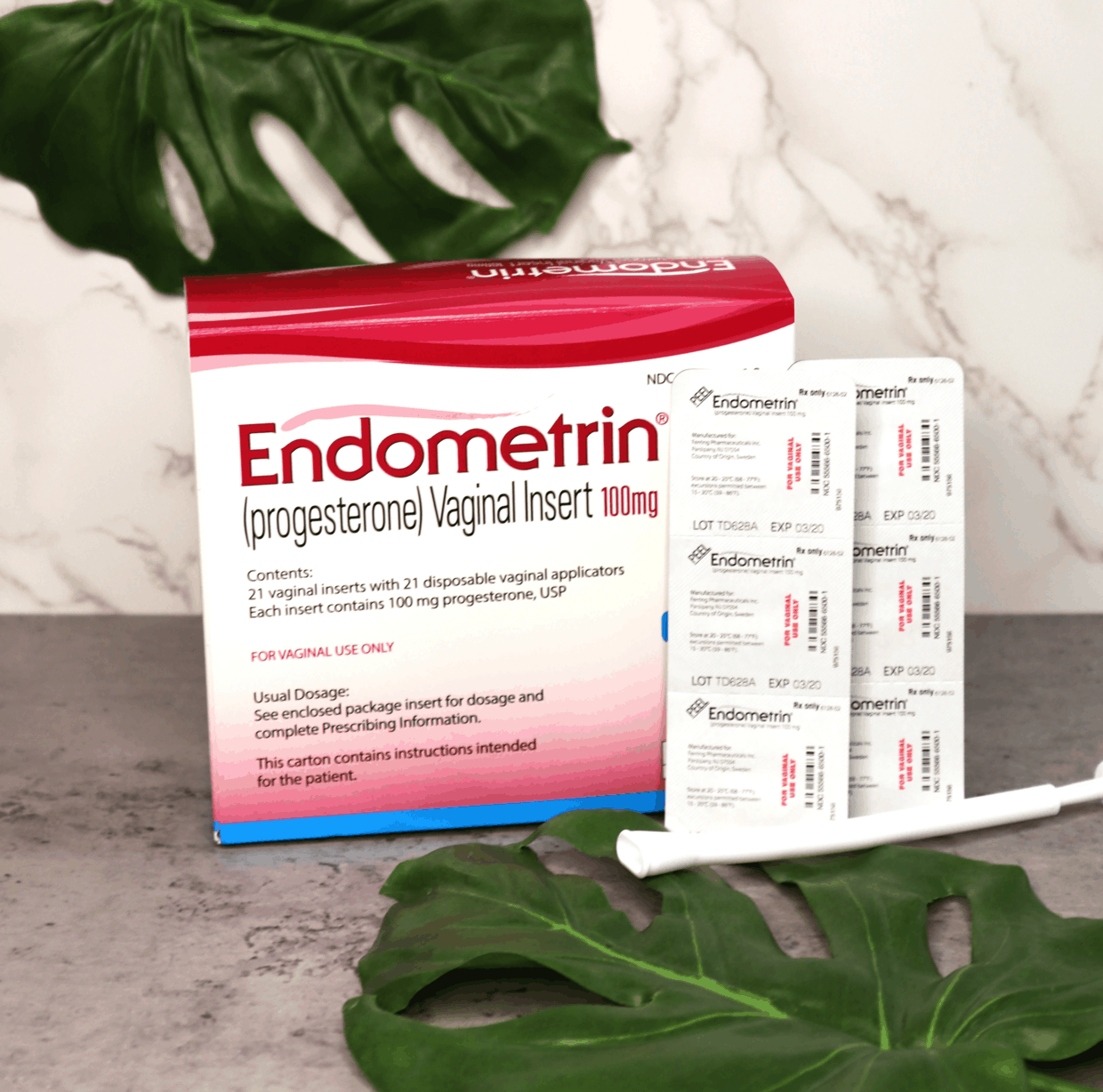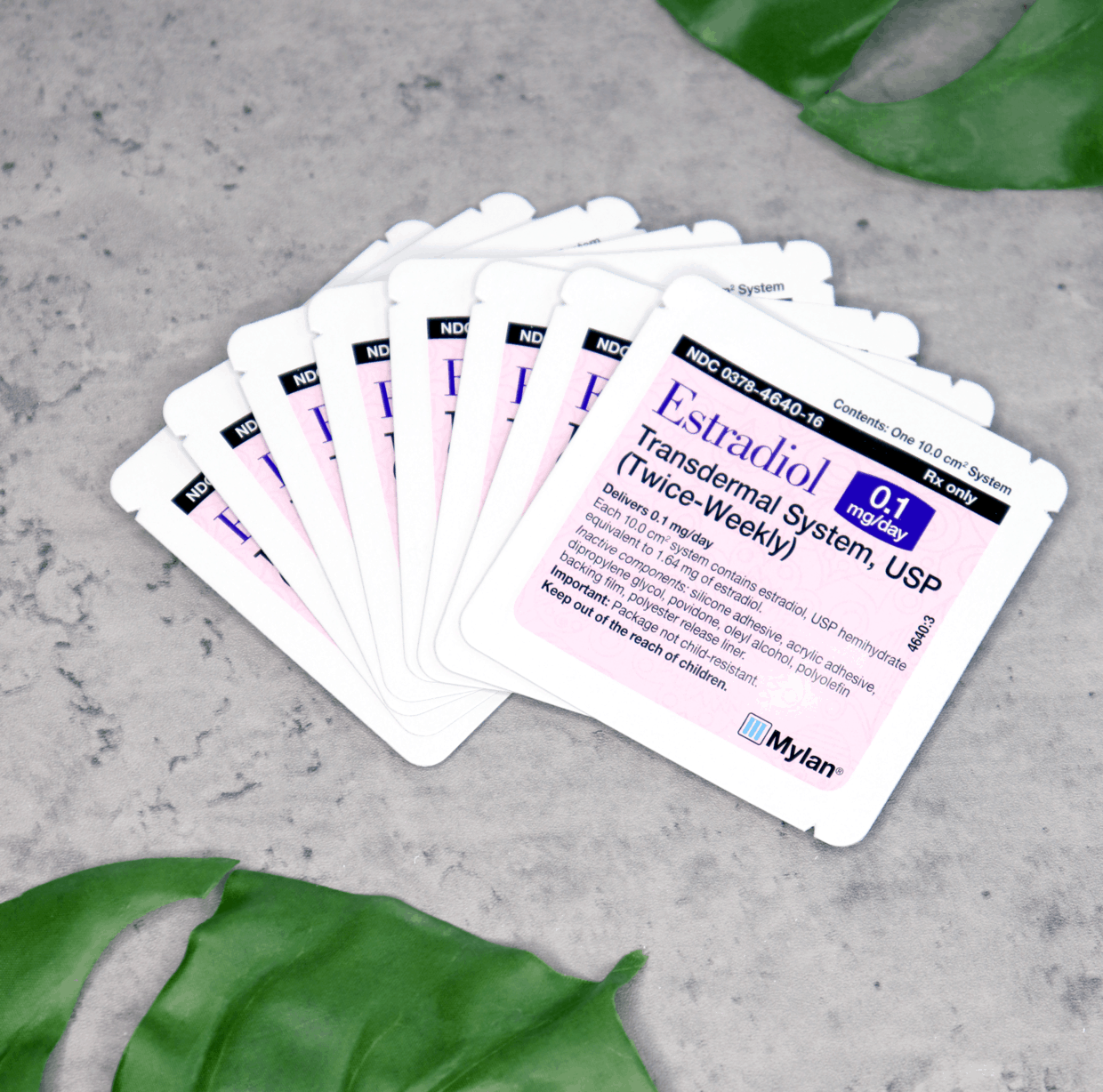Oral Stimulation Medication
Injectable
Medications
Transfer Preparation Medication
Oral Stimulation Medication
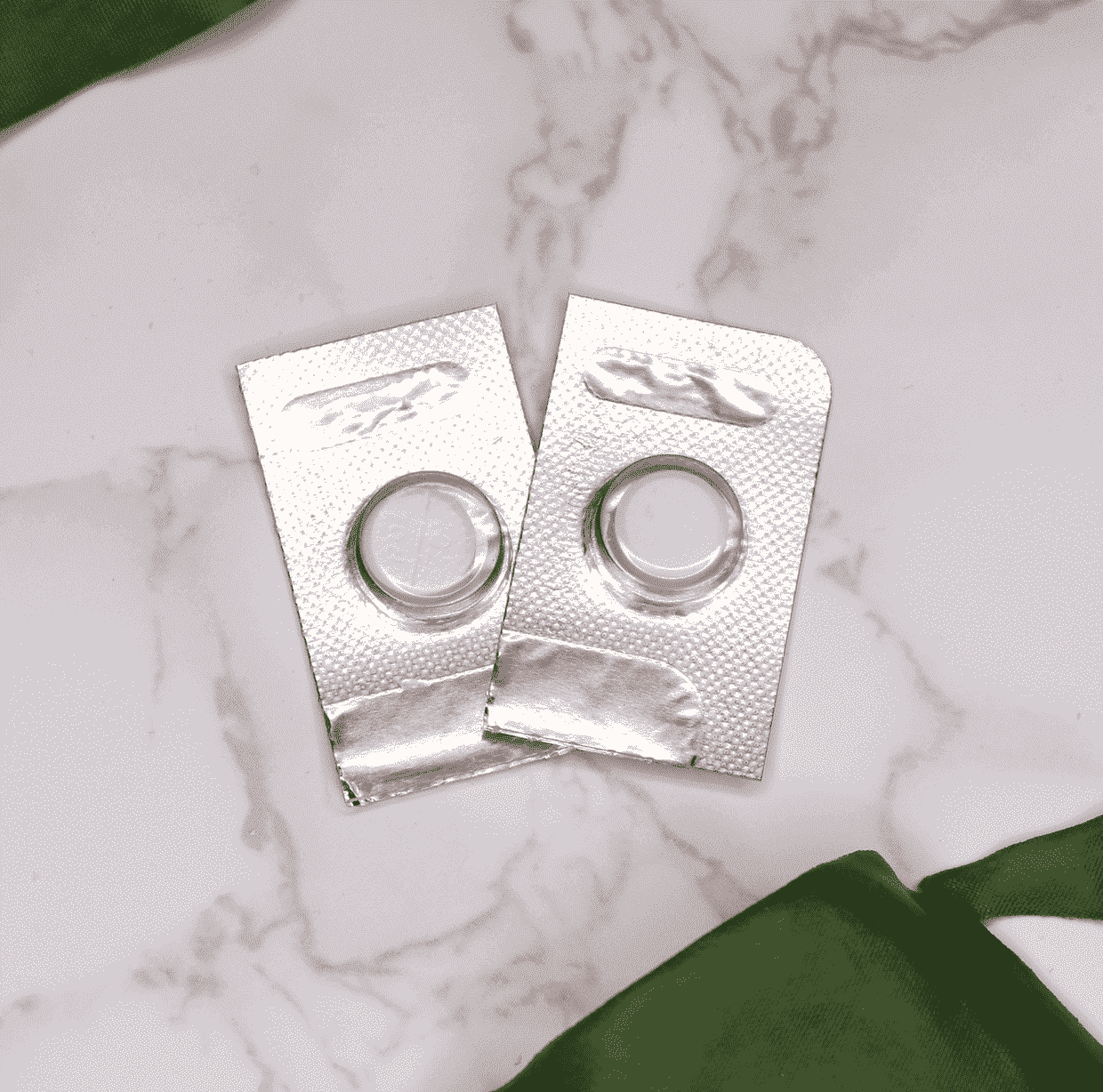
Clomid (Clomiphene Citrate)
Clomid is one of the more commonly used oral fertility medications. It is used to stimulate ovulation in a female who has infrequent ovulation or absence of ovulation.
Clomid works on the brain by tricking it to believe the estrogen level is low. This then causes the pituitary gland to release Follicle Stimulating Hormone (FSH) and Lutenizing Hormone (LH). These hormones stimulate follicular production (egg production) and the release or ovulation of the mature egg(s).
WHAT ARE THE SIDE EFFECTS?
Abdominal or pelvic discomfort, bloating, nausea/vomiting, breast discomfort, blurred vision, headache, irregular spotting.
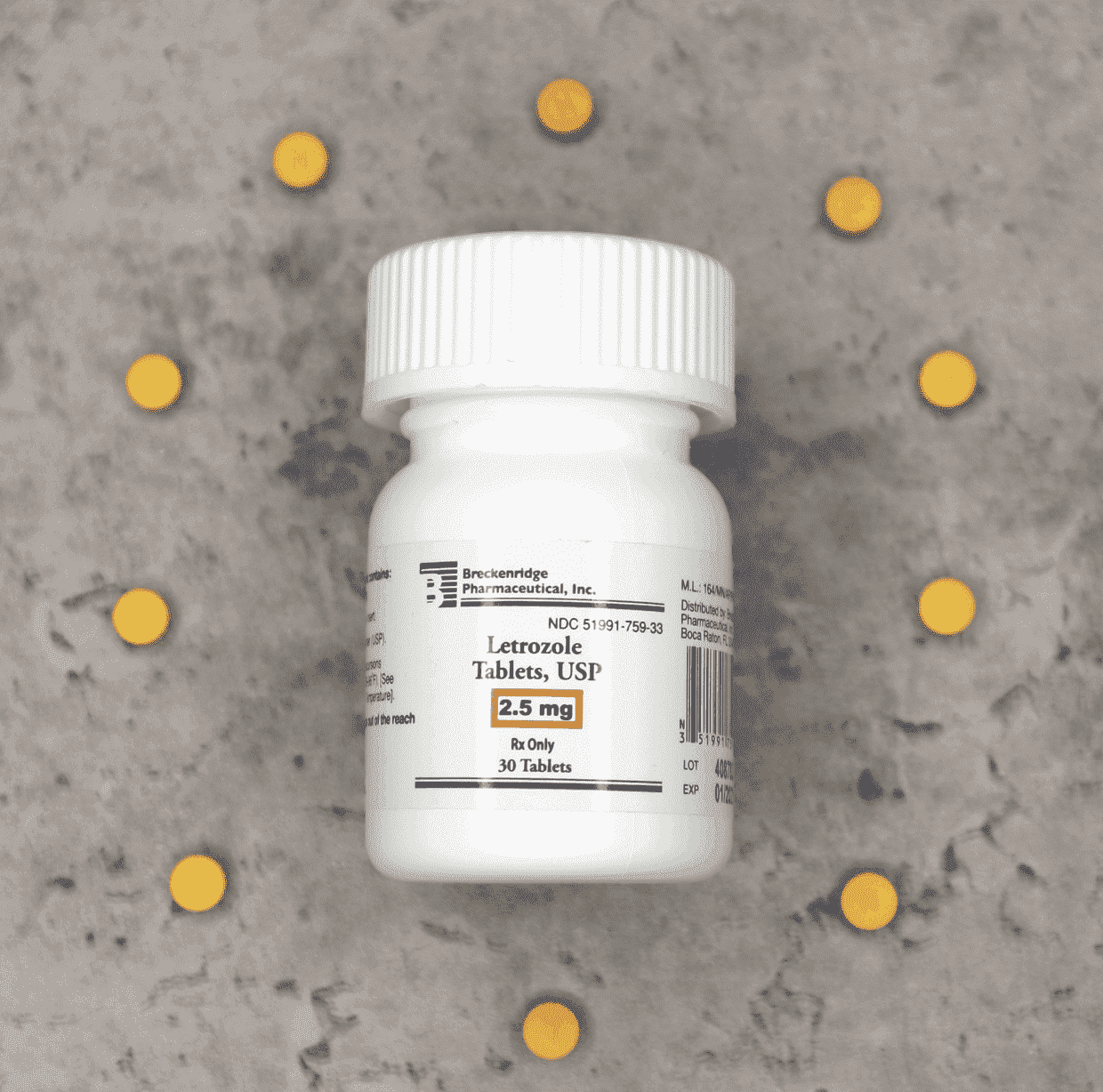
Femara (Letrozole)
Femara is an oral medication in a class of drugs called aromatase inhibitors. Femara was originally used to treat certain types of breast cancer. Its function is to block the production of estrogen, causing the release of FSH and LH. When used for fertility, this release of FSH stimulates the production of follicles.
WHAT ARE THE SIDE EFFECTS?
Hot flashes, headache, loss of appetite, general pain, weakness, nausea, or diarrhea.
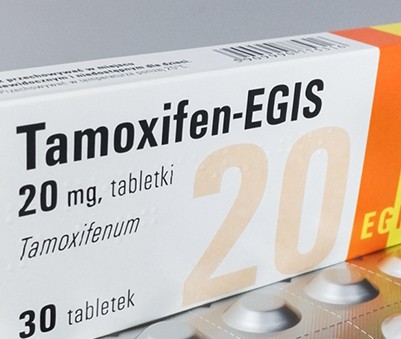
Tamoxifen (Nolvadex)
Tamoxifen was initially developed for the treatment of fertility, however, because of its effects on estrogen levels, it is most commonly used for the prevention of breast cancer. By blocking the actions of estrogen, FSH is released which stimulates the production of follicles.
What are the side effects?
Hot flashes, nausea, fatigue, mood swings, depression, headache, hair thinning, constipation, dry skin, or loss of libido.
Injectable Medication
Stimulation Medication
Antagonist Medication
Trigger Medication
Stimulation Medication
Brand Name: Follistim AQ
Generic Name: Follitropin Beta
Follistim contains only the FSH hormone, providing the extra push needed for the ovaries to stimulate follicles simultaneously.
Medication Route: Injected subcutaneously into the fat of lower abdomen.
To inject the medication you first need a Follistim pen device. The medication cartridge is then loaded into the pen and a needle attached to the pen for the medication to be administered.
Common side effects: Discomfort, bruising and soreness at the site of injection (we always recommend alternating site of injections daily). Bloating, nausea, cramping, and breast pain can occur and can be related to Ovarian Hyperstimulation Syndrome (OHSS).
Brand Name: Gonal-F
Generic Name: Follitropin Alfa
Gonal-F contains only the FSH hormone its purpose is to provide an extra push for the ovaries to stimulate follicles simultaneously.
Medication Route: Injected subcutaneously into the fat of lower abdomen.
Gonal-F is a prefilled pen so in order to administer the medication all you have to do is attach the needles dispensed with the pre-filled pen and inject.
Common side effects: Discomfort, bruising and soreness at the site of injection (we always recommend alternating site of injections daily). Bloating, nausea, cramping, and breast pain can occur and could be related to OHSS.
You can use Follistim and Gonal-F interchangeably. The selection of which one will be used in your cycle is usually dependent on insurance coverage and/or cost-effectiveness at your local pharmacy.
Brand Name: Menopur
Generic Name: Menoptropins
Menopur contains both FSH and LH hormone, providing the extra push needed for the ovaries to stimulate follicles simultaneously.
Medication Route: Injected subcutaneously into the fat of lower abdomen.
Menopur comes in 75 unit vials.
To inject Menopur you will need a 3ml syringe, the Q cap, and a 27 gauge ½ inch needle.
Menopur requires reconstitution as it comes in a powder solution. Our nursing team will gladly provide teaching classes on how to reconstitute menopur.
Common side effects: Discomfort, bruising and soreness at the site of injection (we always recommend alternating site of injections daily). Sinus inflammation and a stuffy nose may occur. Bloating, nausea, headache, cramping, and breast pain can also occur and may be related to OHSS.
Antagonist Medication
The purpose of antagonist medications to block a premature LH surge in the hopes of preventing premature ovulation.
Ganirelix Acetate (Antagon):
Ganirelix Acetate (Antagon) is a gonadotropin-releasing hormone with antagonistic (GnRH antagonists) blocking activity. It is indicated for the inhibition of premature LH (luteinizing hormone) surges in women undergoing controlled ovarian hyperstimulation or IVF. Ganirelix Acetate works immediately by suppressing LH and FSH secretion. This allows for eggs to reach the level of development needed for fertilization.
It is very important to remember that once Ganirelix Acetate is used in a cycle it must continue to be used within a 24-hour time frame in order for it to be effective.
What are the side effects?
Abdominal pain, headache, vaginal bleeding, nausea, and injection site reaction.
Cetrotide (Cetrorelix):
Works exactly like Ganirelix. It also is a gonadotropin-releasing hormone with antagonistic (GnRH antagonists) blocking activity. It is indicated for the inhibition of premature LH (luteinizing hormone) surges in women undergoing controlled ovarian hyperstimulation or IVF. It works immediately by suppressing LH and FSH secretion. This allows for eggs to reach the level of development needed for fertilization.
As with Ganirelix, it is very important to remember that once Cetrotide is used in a cycle it must continue to be used within a 24-hour time frame in order for it to be effective.
What are the side effects?
Abdominal pain, headache, vaginal bleeding, nausea, and injection site reaction.
You can use Ganirelix Acetate and Cetrotide interchangeably. The selection of which one will be used in your cycle is usually dependent on insurance coverage and/or cost-effectiveness at your local pharmacy.
Trigger Medications to Induce Ovulation
How does it work?
HCG mimics the action of the LH surge and stimulates the release of an egg by causing ovulation within the next 36-38 hours. This allows us to schedule the timing of the egg retrieval as close to ovulation as possible, therefore increasing the chances of a mature egg.
Pregnyl, HCG, and Novarel come in 10,000 unit powder vials. They require reconstitution.
Ovidrel comes in a prefilled syringe.
What are the side effects?
Headache; feeling restless or irritable; mild swelling, mild cramping or water weight gain; depression; breast tenderness or swelling; or pain, swelling, or irritation where the injection is given.
You can typically use Novarel, Pregnyl, HCG, and Ovidrel interchangeably. The selection of which one will be used in your cycle is usually dependent on insurance coverage and/or cost-effectiveness at your local pharmacy.
Transfer Preparation Medication
Progesterone
Progesterone is secreted by the corpus luteum after ovulation. In IVF it is given after the egg retrieval to help thicken the lining of the endometrium to prepare for implantation of the embryo transferred. It is also given during a frozen embryo transfer cycle to help thicken the lining in anticipation for the transfer and to keep the progesterone level elevated to prevent a bleed.
What are the side effects?
Bloating, breast tenderness, tiredness, nausea, vomiting, stomach cramps, diarrhea, constipation, mood swings, headaches, dizziness, drowsiness, vaginal itching, burning, and/or discharge (when used vaginally), pain, rash, or bruising at the injection site (when used as an injectable).
You can use Endometrin and Crinone interchangeably. The selection of which one will be used in your cycle is usually dependent on insurance coverage and/or cost-effectiveness at your local pharmacy.?
Estrace (Estradiol)
Estrace mimics the effects of estrogen normally produced by the ovary. It increases secretions from the cervix and growth of the inner lining of the uterus (endometrium).
What are the side effects?
Nausea, vomiting, loss of appetite, swollen breasts, acne or skin color changes, decreased sex drive, impotence, or difficulty having an orgasm, migraine headaches or dizziness, vaginal pain, dryness, or discomfort, swelling of your ankles or feet, depression, or changes in your menstrual periods, break-through bleeding.


